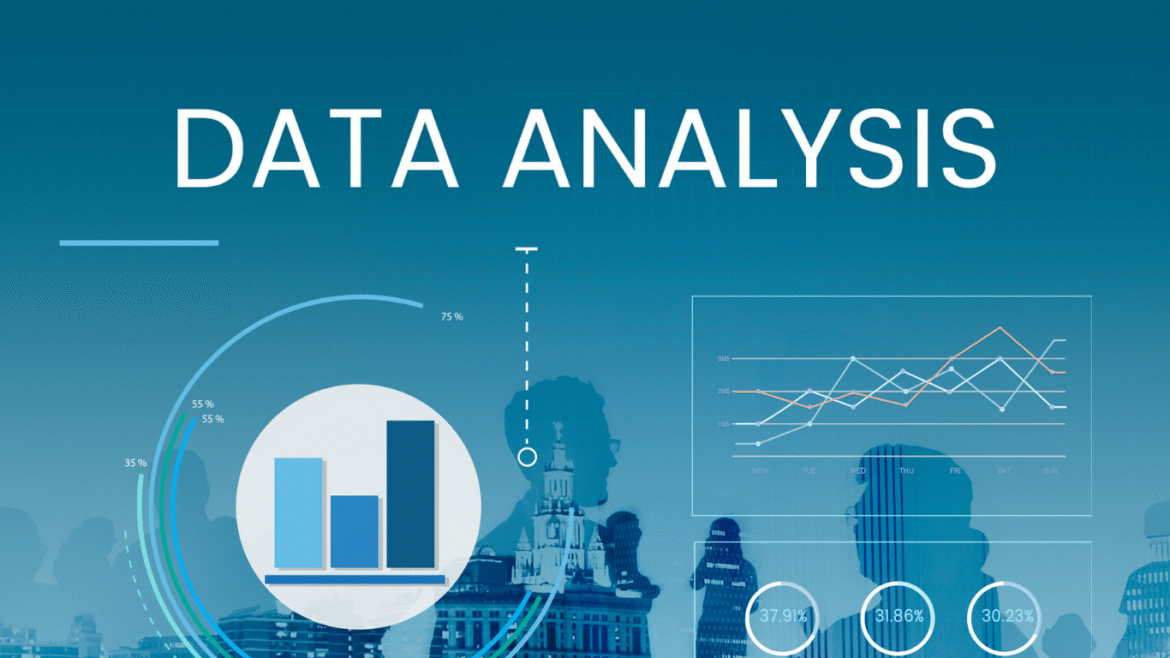Every university aspires to improve graduate outcomes. It’s one of the most visible indicators of an institution’s impact—and often, a major driver of rankings, reputation, and recruitment. Yet the approach many universities take is reactive: waiting until graduation to measure outcomes and only then asking, “What went wrong?”
The truth is, most of the signals are already present throughout the student journey. We just need to start paying attention earlier.
The Missed Opportunity
In my conversations with thousands of international students, one thing becomes very clear: those who struggle after graduation often showed signs of disengagement long before they finished their degree.
Some never accessed career services. Others didn’t complete any internships. Many lacked confidence in navigating the job market. These are not outliers; they’re part of a growing group of graduates who leave with a degree but no direction.
The data that could flag this early is already there. Engagement with co-curricular activities, attendance at career events, academic progress, use of support services, even digital platform behavior, all of it holds predictive value when viewed holistically.
What Can Be Done?
Universities don’t need to wait until the final year to act. With the right systems in place, they can use predictive analysis to identify students at risk of poor graduate outcomes, both before and after admission.
What Is Predictive Analysis?
Predictive analytics is a way of using existing data to make informed guesses about what might happen in the future. By analysing patterns in past behaviour—like student performance, attendance, or service usage—institutions can anticipate potential outcomes and take action early.
For example, if past records show that students who missed career workshops and failed certain modules were less likely to get jobs after graduation, the system can flag current students who show similar signs. This allows the university to step in with extra support before the student falls behind.
These predictions can be created in different ways. Sometimes it’s a manual analysis; other times, more advanced tools like machine learning are used. Machine learning helps systems learn from data over time, getting more accurate as more information becomes available.
A common method used is regression analysis, which looks at the relationship between different factors, like whether attending internship fairs affects job outcomes, and uses that to predict what might happen if certain behaviours continue or change.
How can predictive analysis support student and university success?
Universities today operate in an increasingly competitive and data-rich environment, where student expectations are rising and institutional performance is under constant scrutiny. While the goals of universities differ from those of corporations, both face similar challenges: attracting the right people, delivering on their promise, and retaining those they serve. For universities, this means enrolling suitable students, supporting them throughout graduation, and ensuring they are well-prepared for life beyond campus.
Predictive analysis offers universities a powerful way to meet these goals more effectively.
By using historical and real-time student data, such as academic records, attendance, engagement with support services, and even digital behavior, institutions can identify patterns that signal whether a student is likely to thrive, struggle, or disengage. This kind of early insight allows universities to intervene before issues escalate, whether that means academic support, wellbeing services, or career guidance.
For example, if a predictive model shows that students who rarely access career services in their first year tend to face difficulties in securing employment after graduation, universities can design targeted outreach campaigns or embed employability skills earlier in the curriculum. This not only improves individual student outcomes but also enhances the university’s performance in national and global rankings.
Beyond individual support, predictive analytics can inform larger strategic decisions, such as which courses to invest in, which international markets to target, or how to shape admissions criteria to ensure a better match between students and programmes. It’s about shifting from reactive problem-solving to proactive, data-driven planning.
Looking Ahead
Universities that start investing in this kind of predictive approach today won’t just improve their graduate outcomes, but they’ll also transform how students experience higher education. Because real employability support doesn’t start at graduation. It starts from the moment a student steps on campus.
